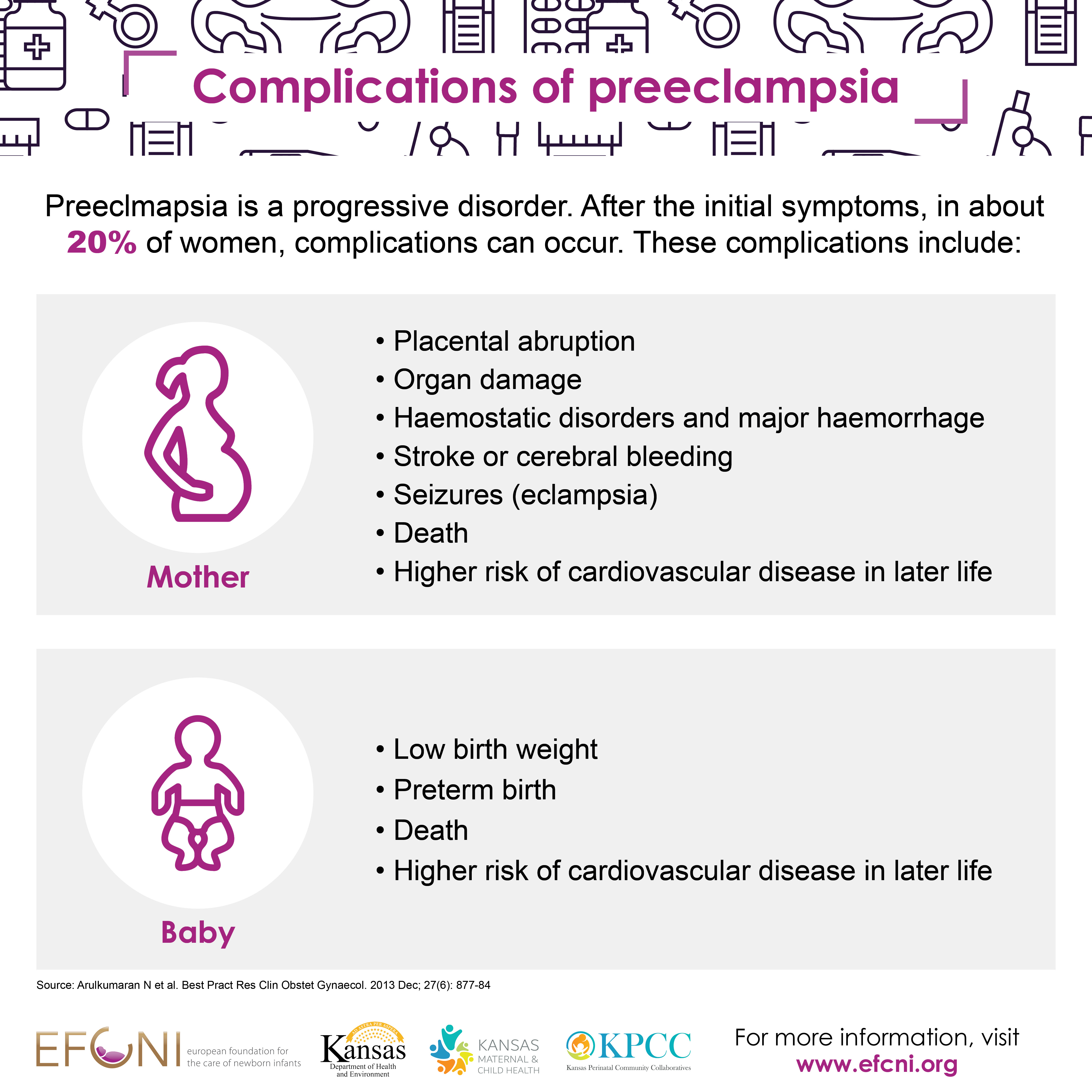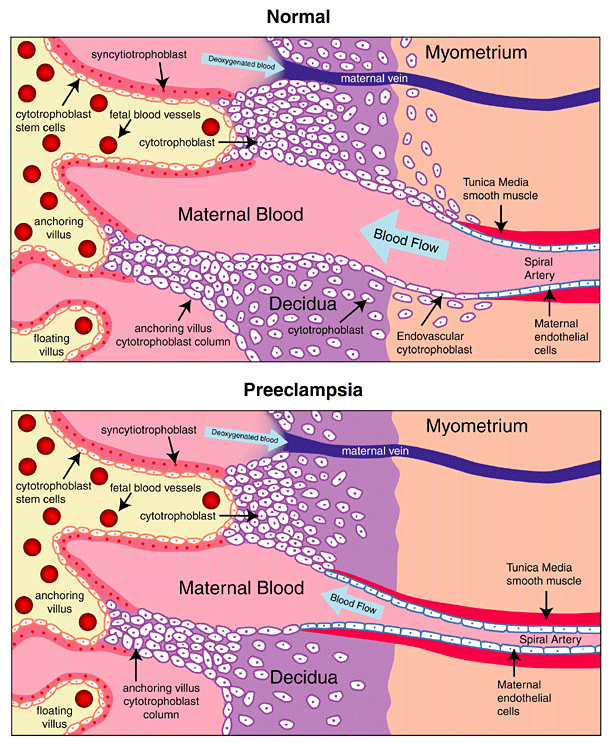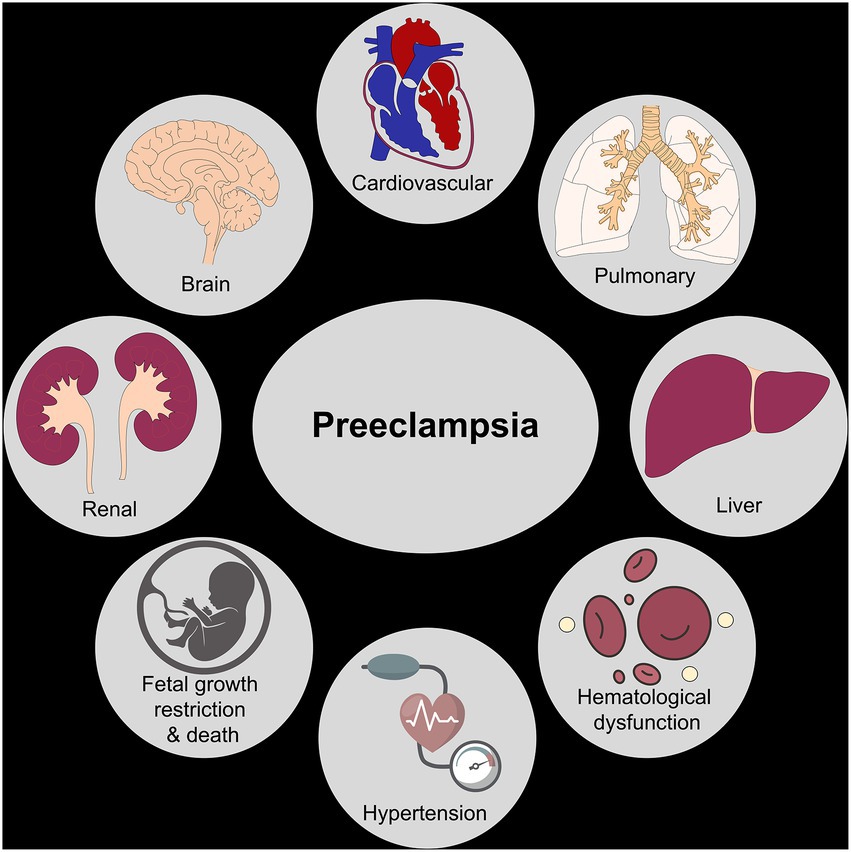Preeclampsia is a pregnancy complication characterized by high blood pressure and damage to organs such as the liver and kidneys. According to
Johns Hopkins Medicine, preeclampsia affects approximately 2-8% of pregnancies worldwide. It is a leading cause of maternal and fetal morbidity and mortality, making it essential for expectant mothers to be aware of the risks and symptoms.
What Causes Preeclampsia?
The exact cause of preeclampsia is still unknown, but research suggests that it is related to the placenta. In a normal pregnancy, the placenta develops properly and functions correctly. However, in preeclampsia, the placenta does not develop as it should, leading to high blood pressure and damage to organs. Other factors that may contribute to the development of preeclampsia include:
Genetics: Women with a family history of preeclampsia are at a higher risk of developing the condition.
Obesity: Women who are overweight or obese are at a higher risk of developing preeclampsia.
Age: Women over the age of 35 are at a higher risk of developing preeclampsia.
Multiple pregnancies: Women carrying twins or other multiples are at a higher risk of developing preeclampsia.
Symptoms of Preeclampsia
The symptoms of preeclampsia can vary from woman to woman, but common signs include:
High blood pressure: This is the most common symptom of preeclampsia.
Protein in the urine: This is a sign that the kidneys are not functioning properly.
Severe headaches: These can be a sign of high blood pressure.
Vision changes: Women with preeclampsia may experience blurred vision, double vision, or sensitivity to light.
Nausea and vomiting: These can be symptoms of preeclampsia, especially in severe cases.
Treatment and Management
If left untreated, preeclampsia can lead to serious complications for both the mother and the baby. Treatment for preeclampsia typically involves:
Bed rest: Women with preeclampsia may be advised to rest in bed to reduce blood pressure.
Medication: Medications such as blood pressure medications and corticosteroids may be prescribed to manage symptoms.
Monitoring: Women with preeclampsia will be closely monitored by their healthcare provider to ensure that the condition does not worsen.
Delivery: In severe cases of preeclampsia, delivery may be necessary to protect the health of the mother and the baby.
Preeclampsia is a serious pregnancy complication that requires prompt medical attention. By understanding the causes, symptoms, and treatment options, expectant mothers can reduce their risk of developing preeclampsia and ensure a healthy pregnancy. If you are experiencing any symptoms of preeclampsia, it is essential to contact your healthcare provider immediately. With proper treatment and management, women with preeclampsia can have a healthy pregnancy and a healthy baby.
For more information on preeclampsia and other pregnancy-related topics, visit the
Johns Hopkins Medicine website.









